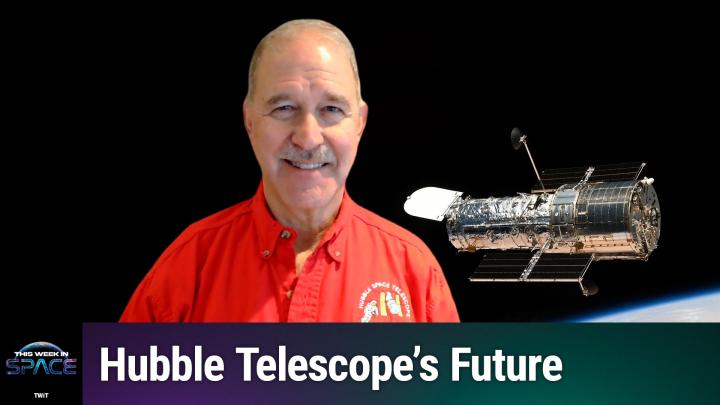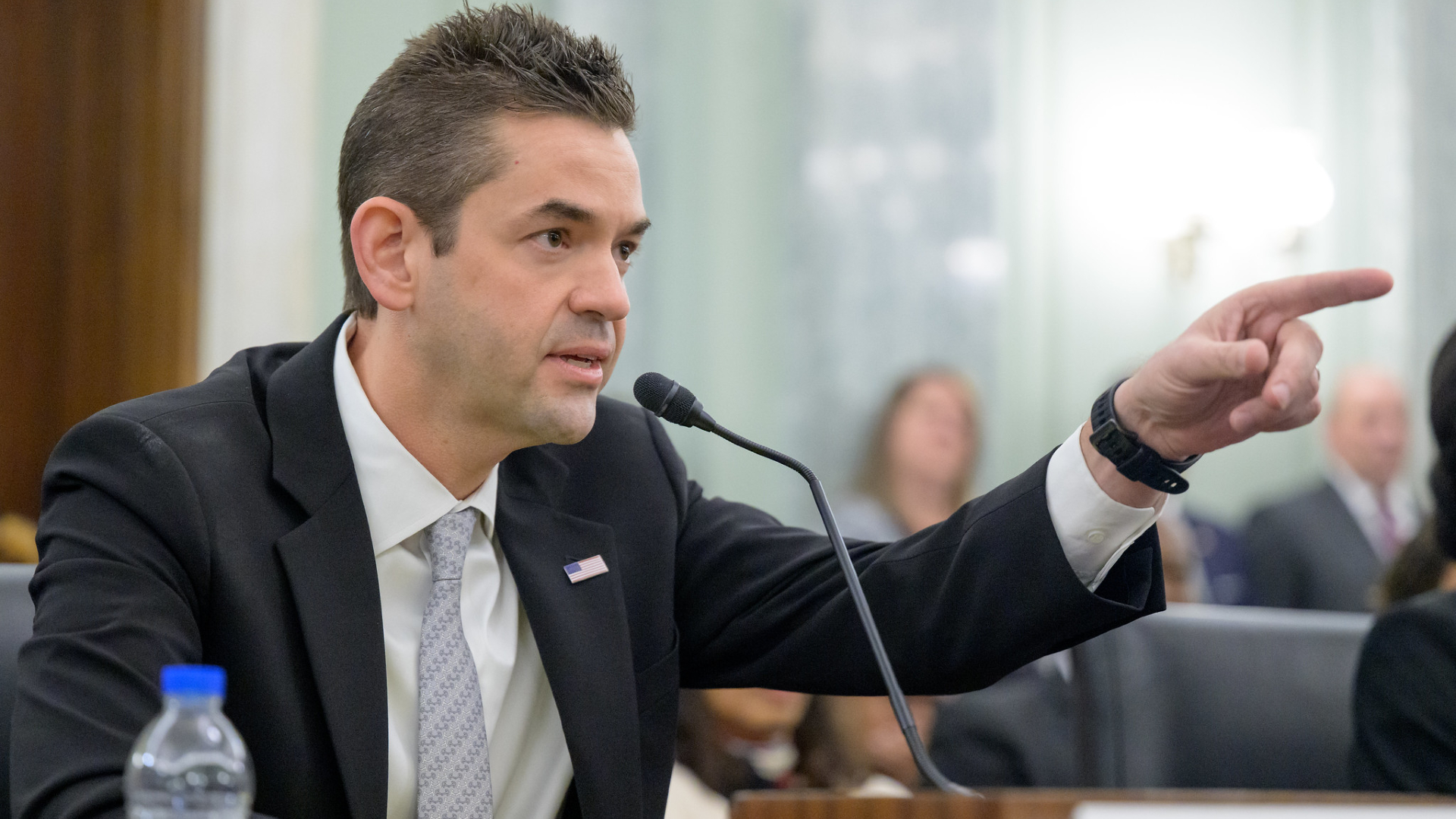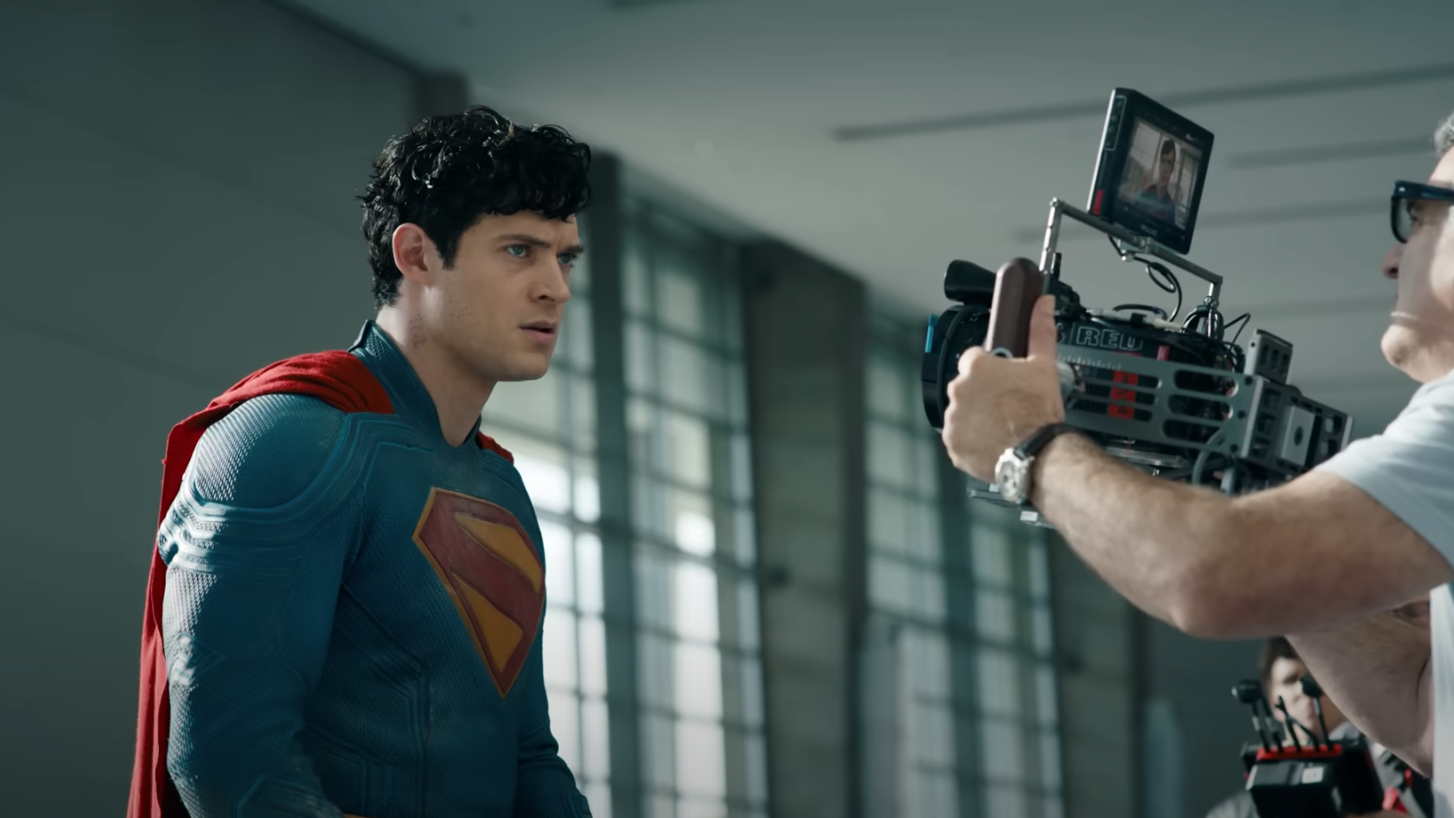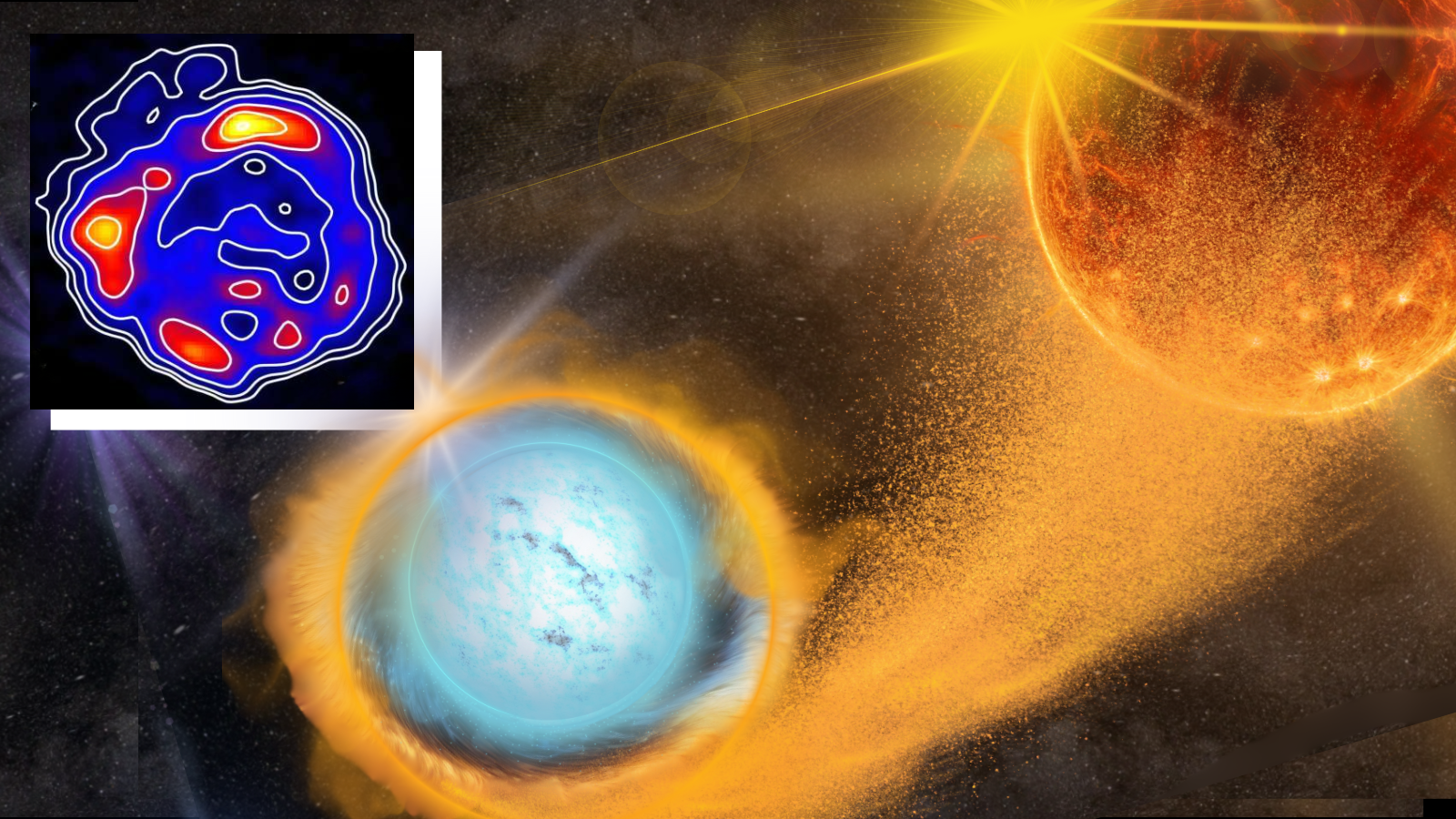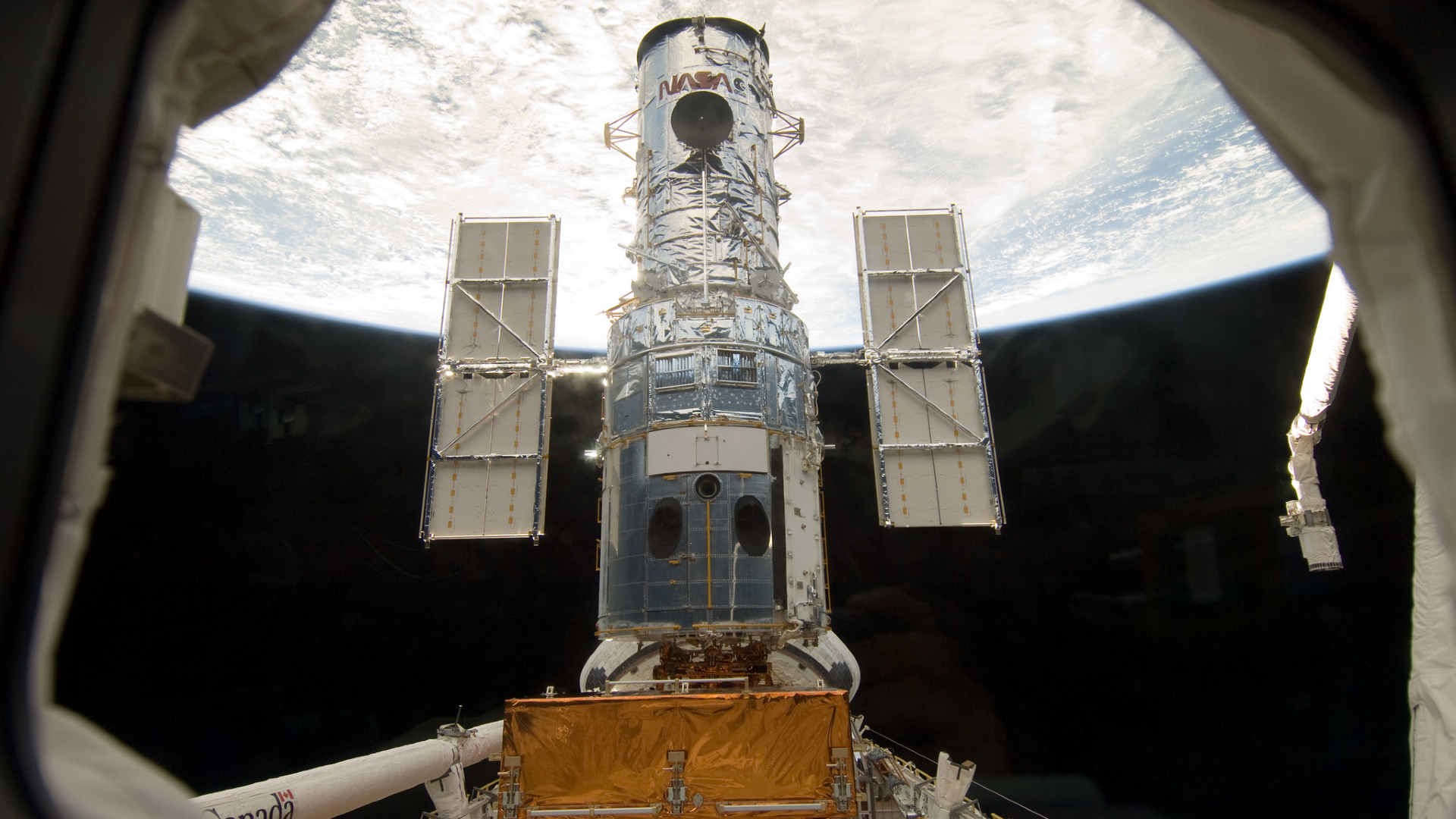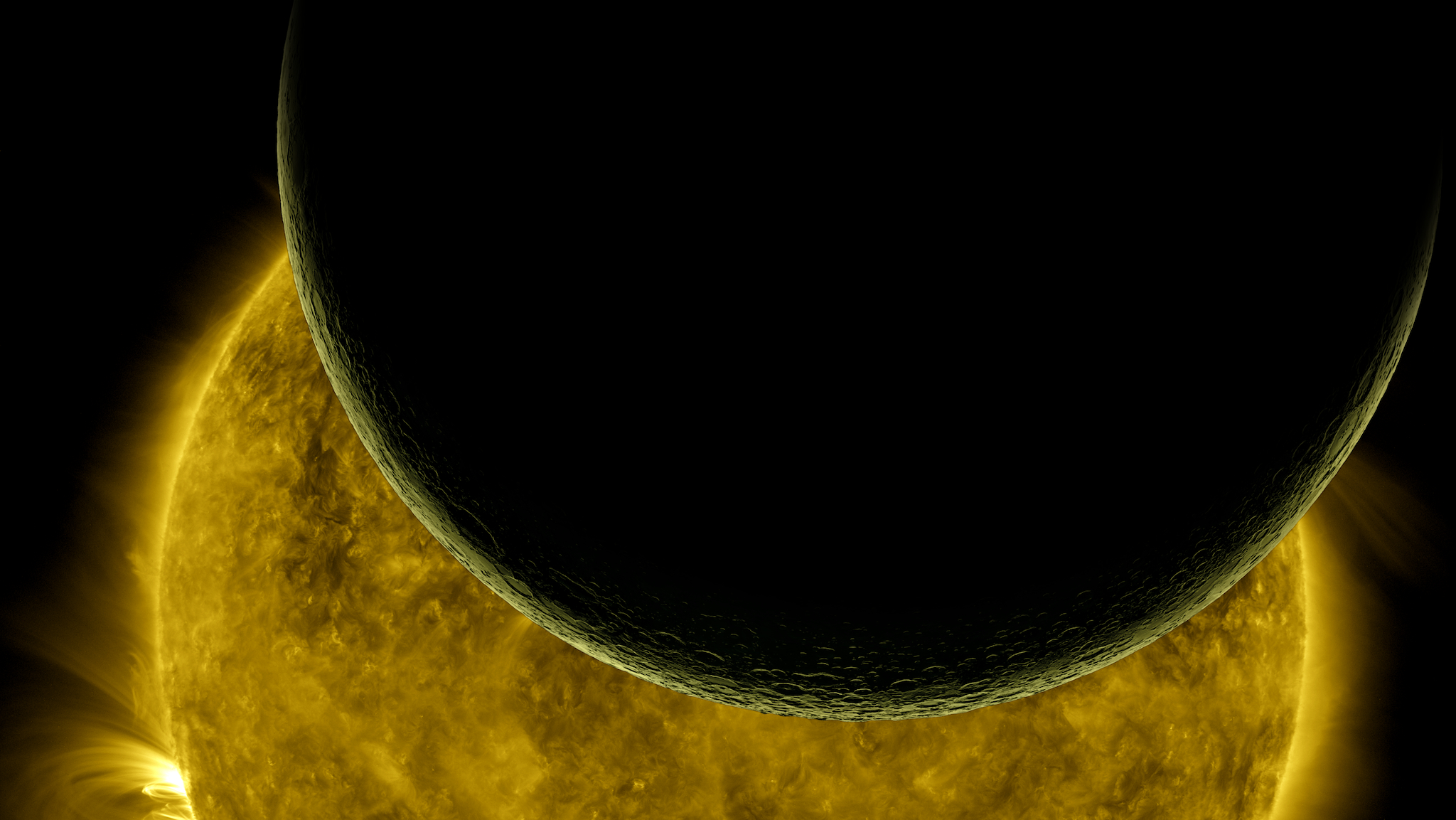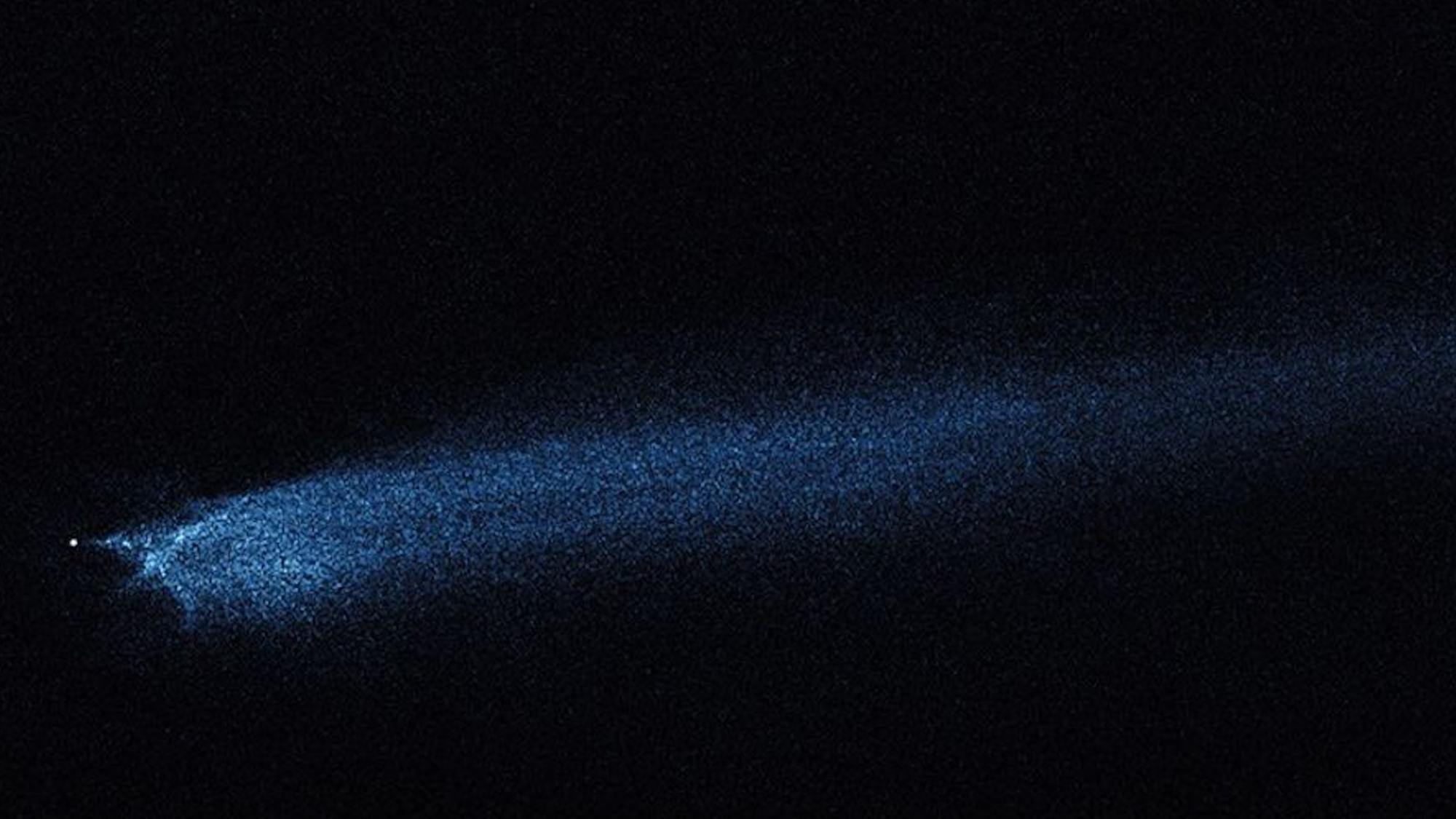NASA Medallion Commemorates Curiosity Rover's 1st Year on Mars
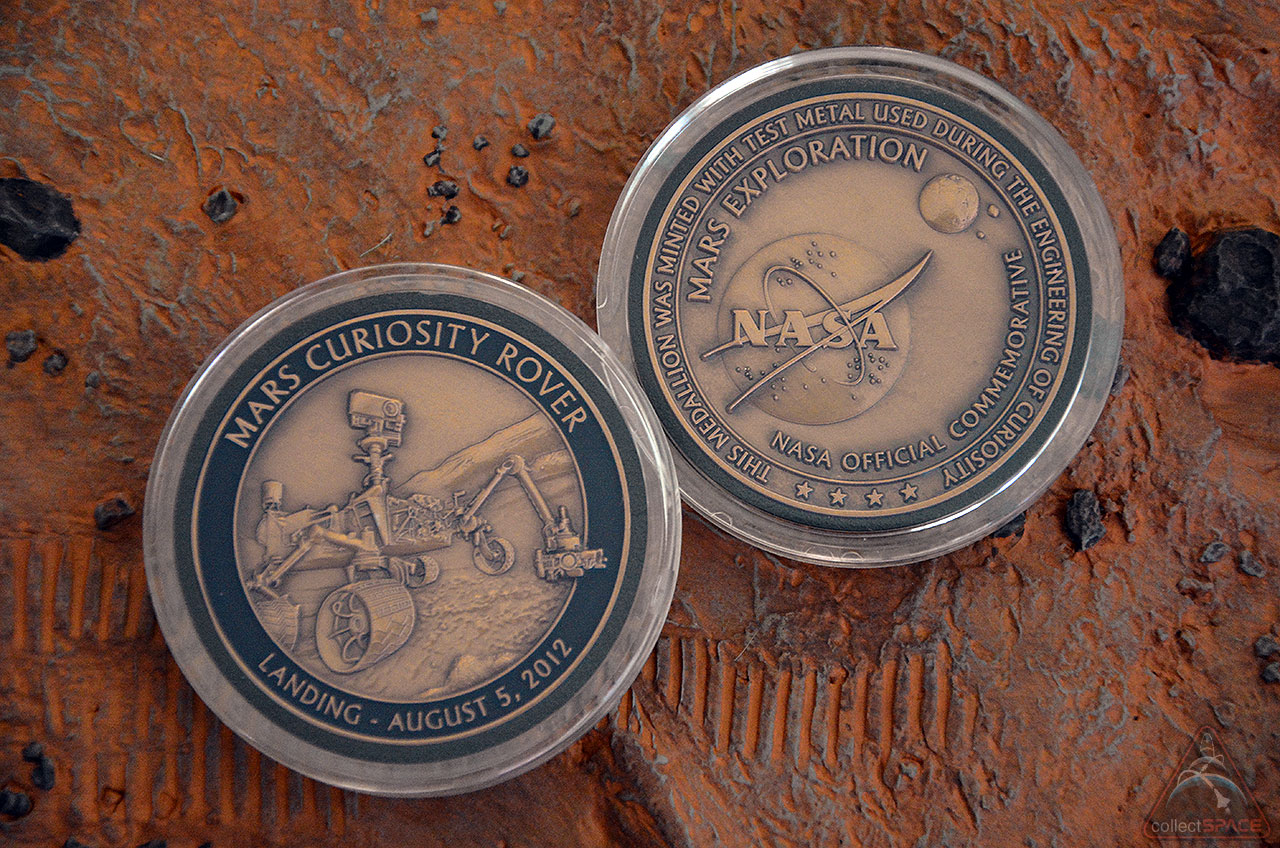
NASA is marking the Curiosity rover's first year on Mars with a commemorative medallion minted from metal used in the engineering of the robotic explorer.
NASA's Mars Science Laboratory (MSL) with its Curiosity six-wheeled rover landed inside Mars' Gale Crater on Aug. 6, 2012 (EDT and GMT; Aug. 5, PDT) after a nearly nine-month journey from Earth. The car-size, 1-ton Curiosity is the largest roving vehicle ever launched to the Red Planet.
Within its first 12 months exploring Mars, Curiosity met its major science objective, finding the evidence for a past wet environment that was well suited to supporting ancient microbial life. [Curiosity's 1st Year on Mars: A Look Back (Video)]
Entering the second year of its planned two-year mission, the rover is trailblazing a path to the base of Mount Sharp, the 3.4-mile-high (5.5 kilometers) mountain that rises from the crater's center. Once there, Curiosity will continue its investigation into how the Martian environment changed and evolved.
NASA's Curiosity medallion features a raised depiction of the Mars rover with its drill-equipped robotic arm stretching into the design's outer border. The three-dimensional rendering captures the Curiosity rover's laser-outfitted camera mast and is detailed enough to make out the custom tread on one of Curiosity's wheels (the pattern leaves behind tracks that spell out "JPL" in Morse code).
The front of the 1.75-inch diameter (4.4 centimeters) medallion is inscribed "Mars Curiosity Rover" and "Landing — August 5, 2012," the latter noting the date of the rover's touchdown as recorded at NASA's Jet Propulsion Laboratory (JPL) in Pasadena, Calif., where Curiosity is controlled.
NASA's insignia doubles as the Earth as rendered on the reverse of the medallion. The agency's emblem is offset by a raised depiction of Mars and its two moons, Phobos and Deimos.
Get the Space.com Newsletter
Breaking space news, the latest updates on rocket launches, skywatching events and more!
Inscribed along an inner border are "Mars Exploration" and "NASA Official Commemorative." An inscription along the outer border reads: "This Medallion Was Minted With Test Metal Used During The Engineering Of Curiosity."
Added to the antique copper used to mint the thousands of medallions was the metal from an engineering test unit for Curiosity's lower environmental control system (LECS) tee duct. The LECS was designed to cool the Multi-Mission Radio-Thermal Generator (MMRTG), which serves as Curiosity's nuclear power source.
Winco International of California produced the medallions for NASA and ensured that the metal from the test tee-duct was incorporated into the minting process.
"Winco's mission in producing the Curiosity medallion was to create an official commemorative that would be worthy of the program it represents," said Winco president Andy Boston. "The resulting design and dimensional quality has truly exceeded our expectations."
Though primarily minted for NASA's use, Winco has made some of the Mars Curiosity Rover medallions available to the public through select distributors.
The Mars Curiosity medallion is the latest among a series of similar commemoratives produced by Winco for NASA. The company, which also provides the agency's official lapel pins, has minted medallions for the 40th anniversary of the Apollo missions, the 30-year space shuttle program, and the aeronautic achievements pioneered at the Dryden Flight Research Center.
Click through to collectSPACE.com to see the Mars Science Laboratory engineering test unit tee duct that was used to mint NASA’s new Mars Curiosity Rover medallion.
Follow collectSPACE.com on Facebook and on Twitter at @collectSPACE. Copyright 2013 collectSPACE.com. All rights reserved.
Join our Space Forums to keep talking space on the latest missions, night sky and more! And if you have a news tip, correction or comment, let us know at: community@space.com.

Robert Pearlman is a space historian, journalist and the founder and editor of collectSPACE.com, a daily news publication and community devoted to space history with a particular focus on how and where space exploration intersects with pop culture. Pearlman is also a contributing writer for Space.com and co-author of "Space Stations: The Art, Science, and Reality of Working in Space” published by Smithsonian Books in 2018.In 2009, he was inducted into the U.S. Space Camp Hall of Fame in Huntsville, Alabama. In 2021, he was honored by the American Astronautical Society with the Ordway Award for Sustained Excellence in Spaceflight History. In 2023, the National Space Club Florida Committee recognized Pearlman with the Kolcum News and Communications Award for excellence in telling the space story along the Space Coast and throughout the world.


